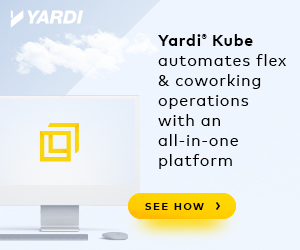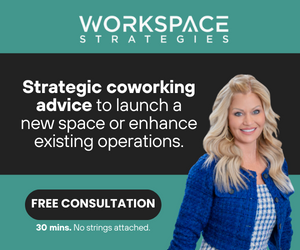Flexible office companies have not been immune to the evolution of the workplace that has been occurring due to the ongoing pandemic. Organizations large and small are at a crossroads and have been forced to reevaluate their business models and how to continue supporting their workforce.
At the front of everyone’s minds is the health and safety of workers. Now, companies are in the process of figuring out new design strategies that accommodate physical distancing requirements and installing touchless technology to mitigate any potential spread.
Even the way teams operate has changed, with employees either working from home or across offices outside of the main workplace. This inevitably means more Zoom meetings and less face-to-face interactions, which can be detrimental to mental wellbeing.
Adopting more hybrid work arrangements can lessen the chance of poor mental health caused by loneliness in employees, while also providing employees with the privacy, collaboration opportunities, tools and resources they do not have in their home office.
Having the choice to go to a physical office is key for employee satisfaction, particularly as many thrive off of feeling part of a community. A healthy work culture is the heart of forward-thinking organizations, and now more than ever is that being tested.
Business leaders need to find the best methods to keep employees engaged and supported, whether they are working parents who need to be home, or those who come into the office to collaborate with their colleagues.

 Dr. Gleb Tsipursky – The Office Whisperer
Dr. Gleb Tsipursky – The Office Whisperer Cat Johnson – Coworking Marketing Maven
Cat Johnson – Coworking Marketing Maven Angela Howard – Culture Expert
Angela Howard – Culture Expert Drew Jones – Design & Innovation
Drew Jones – Design & Innovation Andrea Pirrotti-Dranchak – Competitive Advantage
Andrea Pirrotti-Dranchak – Competitive Advantage Jonathan Price – CRE & Flex Expert
Jonathan Price – CRE & Flex Expert Jeremy Fennema – Tech Innovation Alchemist
Jeremy Fennema – Tech Innovation Alchemist







